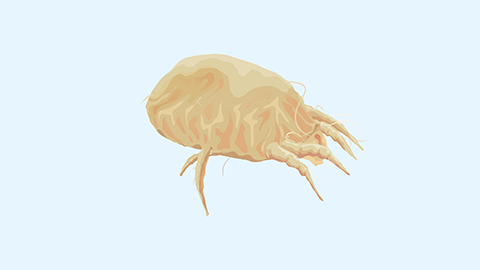Is the incidence rate of brain-eating amoeba high?
The term "brain-eating amoeba" generally refers to Naegleria fowleri. The incidence rate of infection by this amoeba is usually low. If concerned, it is recommended to seek medical consultation in advance. Detailed explanation is as follows:

These amoebas primarily survive in unclean natural water sources and moist soil. Infection occurs when the organism enters the brain through the nasal cavity, which requires simultaneous exposure to a contaminated environment and damage to the nasal mucosa. Most people do not frequently come into contact with such high-risk environments in daily life, and the nasal cavity has certain defensive capabilities, so the overall incidence rate is relatively low.
Although the infection rate is low, once contracted, the disease progresses rapidly and can be extremely severe. Particularly when swimming in untreated ponds or washing the face with contaminated water, the amoeba may enter through damaged nasal mucosa, causing primary amebic meningoencephalitis, which has a very high fatality rate. Therefore, the risk should not be ignored.
In daily life, one should avoid swimming or washing the face in unclean water bodies, use nose clips to protect the nasal cavity when contacting natural water sources, maintain hand hygiene, and seek immediate medical attention for排查 (排查 means checking or screening for a disease or condition) if symptoms such as headache, fever, or nausea appear.







